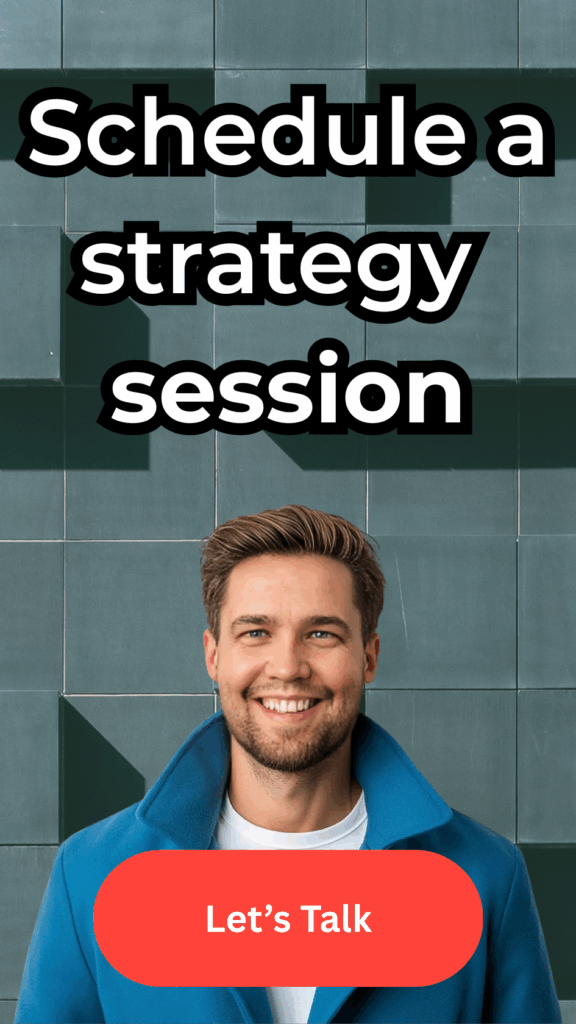Turning static CRM lists into active pipelines with AI-driven segmentation and tailored messaging
Every B2B marketer knows the pain of a database that’s technically “big” but practically inactive. Prospects who downloaded an ebook three years ago, webinar attendees long forgotten, and MQLs that never matured, these silent contacts represent unrealized pipeline potential. With the rise of B2B marketing automation and AI in B2B marketing, companies now have the ability to re-energize these dormant audiences through personalized, intent-driven email outreach.
Instead of relying on broad nurture tracks or legacy drip campaigns, marketers can activate existing CRM lists using real-time engagement signals, behavioral scoring, and hyper-segmented messaging that feels one-to-one.
Below, we break down exactly how AI-powered personalization transforms a flat CRM into a dynamic, revenue-ready ecosystem.
Why Databases Go Dormant and Why That’s a Hidden Opportunity
Most B2B databases decay at 20–30% per year. People change roles, companies restructure, interests shift, and inboxes become warzones of ignored messaging. But inactivity isn’t the same as disinterest. Dormant records often include buyers who:
- Are entering a new budget cycle
- Recently changed roles and may have new authority
- Are researching alternatives to their current vendor
- Have future intent but aren’t ready to speak to sales
- Still fit the ICP but need renewed relevance
When marketers rely solely on static lists and generic nurture sequences, these opportunities remain buried. Personalized email marketing, powered by modern AI segmentation, uncovers and activates them.
How AI-Driven Segmentation Rebuilds Relevance
Traditional segmentation relies on demographic fields (industry, title, company size). Modern segmentation layers in behavioral intent, firmographic changes, and engagement patterns, enabling you to target contacts based on real signals, not assumptions.
Key AI-driven segmentation categories
1. Behavioral Intent
AI analyzes past interactions: webinar watch-time, website heat maps, topic preference, and content depth. Rather than sending the same newsletter to everyone, you can deliver:
- Product education to high-intent readers
- Industry insights to top-of-funnel browsers
- Competitive comparisons to mid-funnel researchers
2. Propensity and Fit Scores
Machine learning models forecast likelihood to buy, churn, re-engage, or upgrade.
3. Lifecycle Stage Prediction
AI detects when a contact is shifting stages—e.g., from awareness to consideration, long before they fill out a form.
4. External Signals
Firmographic changes (funding rounds, hiring spikes, tech stack changes) trigger intelligent outreach.
This segmentation approach ensures that every revived touchpoint is grounded in real data, not guesswork.
Personalization That Feels Relevant, Not Robotic
Reconnecting the database requires messaging that feels aligned to the reader’s moment, not a sales sequence disguised as personalization. AI helps marketers build dynamic email content blocks tailored to each profile:
- Use Cases Based on Role: A VP of Sales receives pipeline efficiency insights; a RevOps lead gets workflow automation content.
- Content Recommendations: AI pulls in relevant blogs, case studies, or templates based on user behavior.
- Dynamic Opening Lines: Emails can reference a specific event trigger—new job, website revisit, product interest spike.
- Personalized CTAs: High intent → demo offer; low intent → educational guide.
With dynamic fields, marketers create one email that assembles itself differently for thousands of contacts. This turns static lists into dynamic experiences.

Intent Data as the Fuel for Re-Engagement
Intent is the heartbeat of personalized email marketing. When combined with marketing automation, it enables precision outreach that respects timing and relevance.
High-value intent signals include:
- Recent pricing page visits
- Returning traffic after months of inactivity
- Engagement with competitor comparisons
- Consumption of long-form content (whitepapers, reports)
- Spike-based research patterns tracked by third-party intent tools
Using these signals, marketers can create automated workflows such as:
- Reactivation Streams: Triggered by renewed activity
- Conversation Starter Emails: Based on interest in specific features
- Account Expansion Plays: Activated when multiple contacts revisit key pages
- Churn Prevention Alerts: If usage or engagement dips within existing customers
This is where AI in B2B marketing shines most, detecting micro-movements in buying behavior that humans would otherwise miss.
Building the Pipeline With AI-Powered Email Automation
To transition dormant contacts into active opportunities, combine personalization and automation into a scalable system:
1. Re-Engagement Sequences
Multistep journeys designed to reintroduce value gradually.
Example structure:
- Email 1: “Still working on Topic X?” (value-first content)
- Email 2: Case study or relevant resource
- Email 3: Offer tailored to observed behavior
- Email 4: Soft CTA (e.g., “Pick your priority area”)
2. Buyer-Stage Nurtures
AI assigns the next best piece of content based on predicted stage.
3. Triggered Email Plays
Real-time signals, funding news, role change, product views, trigger automated outreach crafted for that moment.
4. Sales-Assisted Emails
Tools like AI-enabled cadence builders can auto-draft hyper-personalized 1:1 messages for sales teams.
5. Recycling and Requalification Loops
Contacts who don’t respond go into lighter educational drips instead of being abandoned.
What “Good” Looks Like: Metrics That Prove Reconnection
A healthy reactivation program typically leads to:
- 20–40% increase in re-engaged contacts
- 2–3× improvement in email click-through rates
- 15–30% lift in MQL → SQL conversion
- 10–20% pipeline contribution from existing database contacts
- Lower overall CAC due to reduced reliance on paid acquisition
To measure success, track:
- Reactivation rate
- First-touch engagement
- Time-to-engagement after trigger events
- Persona/content alignment performance
- New pipeline sourced from dormant lists
Best Practices for Reconnecting the Database
To ensure sustainable impact, follow these standards:
- Clean the database first. Remove bounces, duplicates, and outdated contacts.
- Start with value, not a pitch. Reactivation is about trust, not urgency.
- Use progressive profiling. Don’t ask for too much too soon.
- Add an intent-based “snooze” option. Let contacts pause instead of unsubscribe.
- Align sales and marketing triggers. Ensure handoffs reflect new behavior, not just old MQL rules.
- Refresh email content quarterly. Avoid nurture fatigue.
For email deliverability and standards, the guidance from the ANA is a solid reference point: https://www.ana.net/
In the age of AI-powered B2B marketing, re-engaging your existing database is one of the highest-ROI actions a marketing team can take. Your CRM isn’t just a repository—it’s a sleeping pipeline waiting to be activated with personalization, intent data, and intelligent automation.








